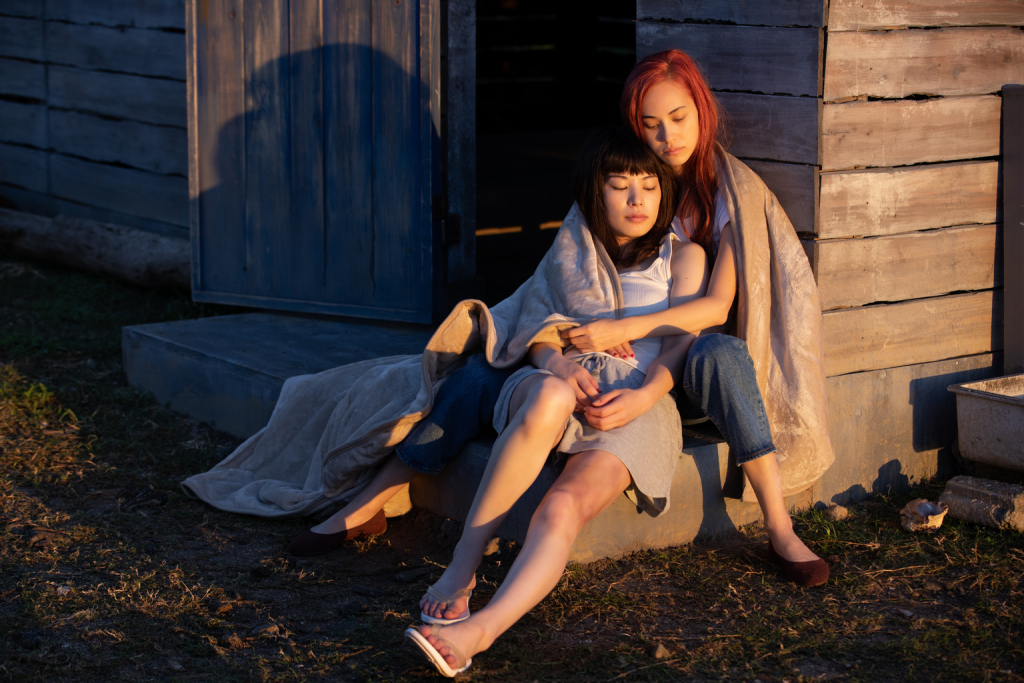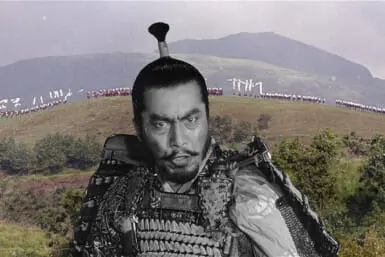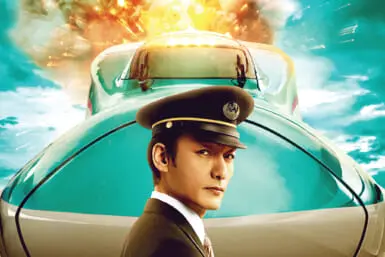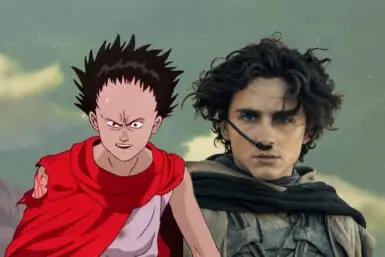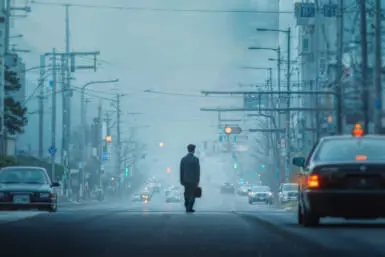The film opens with a sequence bleached in neon, nighttime cityscape and blood. A stunning, red-haired twenty-something Rei Nagasawa, played by Kiko Mizuhara, strolls into an underground nightclub and approaches an unassuming stranger, or so it seems. After a couple of drinks of tequila and some flirty banter later, they head back to the man’s house to fool around. In the heat of the moment, Rei glances back at a framed wedding photo and says: “Give me your wife — the one in the picture. She’s cute.”
The man dismisses the remark. A few ragged breaths later, our so-called protagonist gets hold of a scalpel and slits his neck. The crime scene, painted upon the canvas of the posh master bedroom, is grotesque. Finishing the kill with a broken wine glass, we see two naked bodies sprawled in blood. One is dead, the other one breathing but visibly shaken.
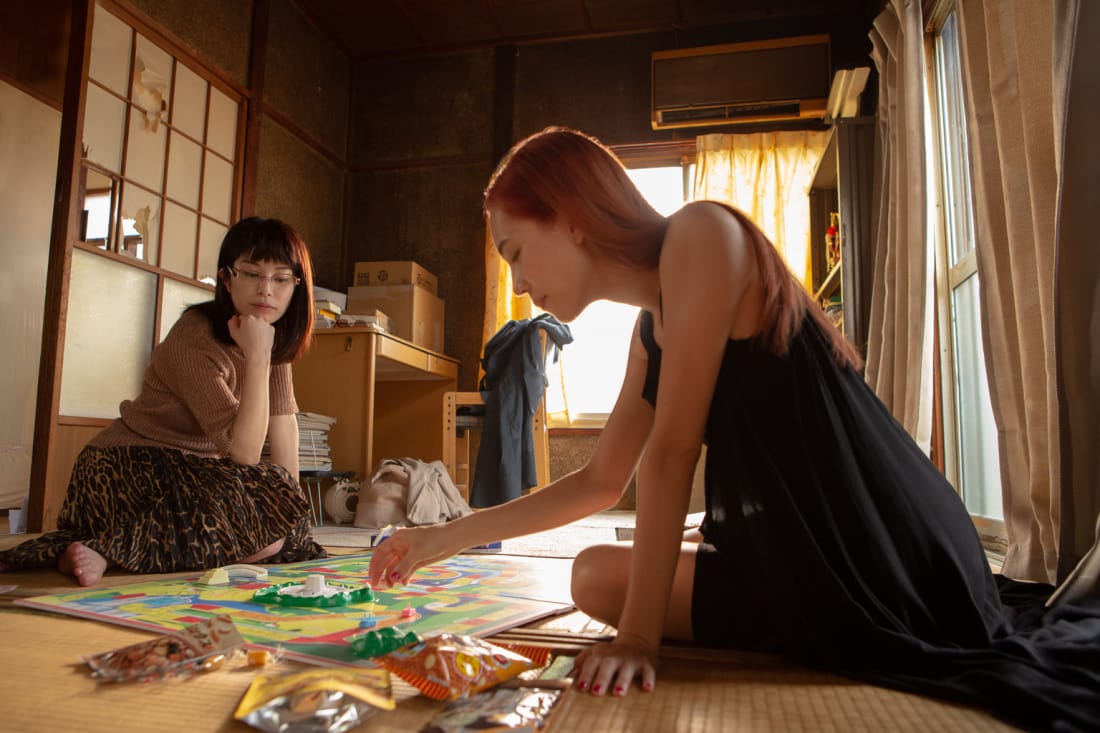
Kanojyo Ride Or Die. Honami Sato, Kiko Mizuhara in Kanojyo Ride Or Die. Cr Aiko Nakano/NETFLIX © 2021
Adapted from the Japanese manga series Gunjo, which was written and illustrated by Ching Nakamura, Ryuichi Hiroki’s Ride or Die doesn’t omit the graphic elements from the original, either in its carnality or carnage. It’s a messy tale of love between two reunited high-school classmates, Rei and Nanae Shinoda (Honami Sato). An abusive husband — and perhaps the world — stand between them.
While the film deliberately takes its time to weave the backstory in rationed breadcrumbs, we quickly learn that the man killed at the beginning was Nanae’s wealthy and cruel husband. She calls Rei one day to ask her to kill him. Rei obliges. “Either my husband dies, or I die,” is Nanae’s take on it. Rei’s act of murder is the ultimate declaration of her feelings for her former schoolmate, no matter how twisted.
Everything about the setup is familiar. After the opening, it wouldn’t have been a surprise to then see the film veer into torrid genre territory: two lesbian fugitives on the run in a story that is more action-packed than it is thematic. Yet, there is enough lopsided sexual friction and romantic frustration for Hiroki to frame an attentive gaze on our protagonists. Nanae is adamant about being straight. Rei makes it clear she wants to have sex with Nanae. Yet rather than using it as a sexual vehicle, Hiroki used nudity to peel back a layer of fragility— an intermission after their near-manic banters, and a moment of pure honesty between both women.

Kanojyo Ride Or Die. Honami Sato, Kiko Mizuhara in Kanojyo Ride Or Die. Cr Aiko Nakano/NETFLIX © 2021
The remainder of the 140-minute long film chronicles both women on the run. Between breathtaking gliding shots of the countryside, drawn-out suspense of getting caught and flashbacks to their high school days, Rei and Nanae’s dynamic turned malicious, if not puzzling. There’s violence as Rei sucker-punches Nanae as well as sinister thoughts as Nanae considers killing Rei. There are some more uplifting moments as the pair laugh uncontrollably over a meal and cruise down the sun-bathed road while singing their favorite song (“CHE.R.RY” by Yui), but their abrasive interactions make us wonder what is going to happen next.
Ultimately, there’s still more to them than ear-splitting brawls (both women are chaotic but not blithely sociopathic). The rift between Rei, who grew up in a rich household and Nanae, who had to rely on her “straight facade” to escape poverty, is a byproduct of internalized and cultural homophobia. At one point, a frustrated Rei tearfully asks: “What will they call me? A home-wrecker who was jealous of his wife or a lesbian fool?”
Both women make it clear that their relationship, undefined, transcends beyond a wholesome reunion. They knew that it’s far from a fleeting schoolgirl crush or a one-night hookup. After all, they are meeting for the first time in ten years and one of them immediately manipulates the other to commit murder. Rei’s brother’s appearance paints a final picture. The very same archived thought reverberates at the heart of everyone else: Being gay is curable. Once they find a good man, marry and bear his children, they’ll understand the true joy of having a family — or so he thinks.
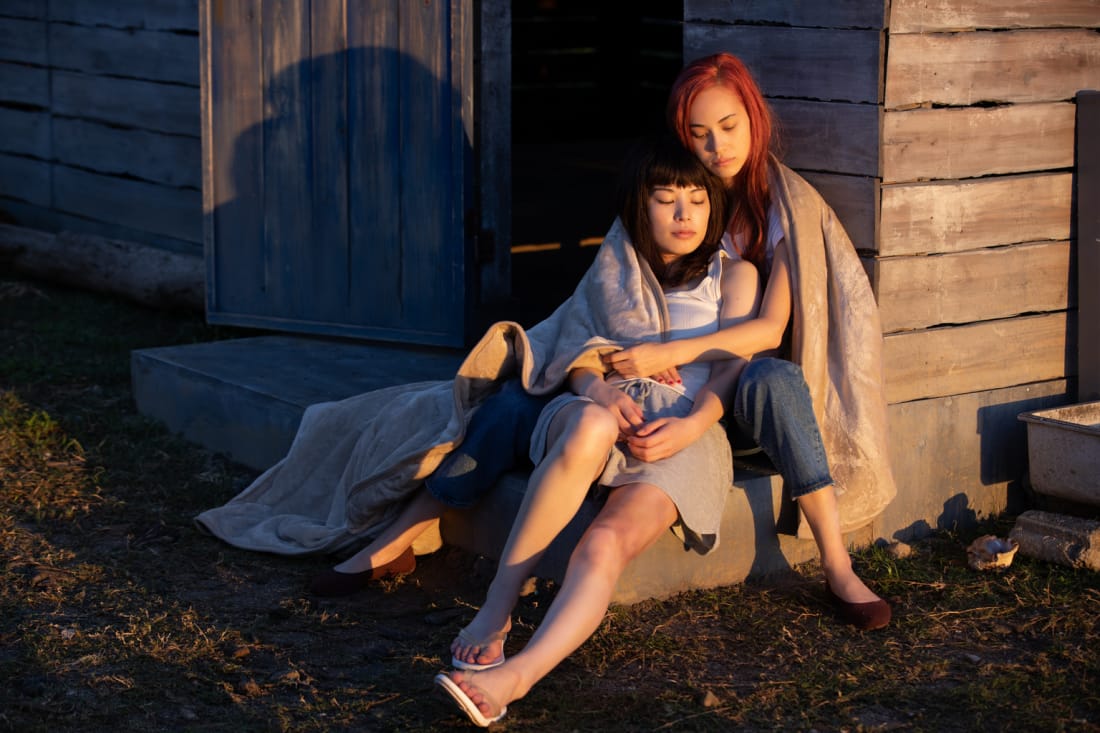
Kanojyo Ride Or Die. Honami Sato, Kiko Mizuhara in Kanojyo Ride Or Die. Cr Aiko Nakano/NETFLIX © 2021
Ride or Die isn’t a cookie-cutter, overly glossed LGBTQ film. The action often comes to various loose ends, but the messiness is part of its charm. Rather than a brazen lesbian couple, we see two lost souls gambling, fueled by the most primal emotion of love. Even the climactic eight-minute sex scene between Rei and Nanae portals to another dilemma rather than serving as a closure. As both bask in the dawn and afterglow of their reunion, Nanae and Rei look ahead as if to reassure themselves that they have each other in the rapture of their make-believe.
In a Japanese cinematic universe that strictly flags graphic scenes and shies away from explicit queer components, Ride or Die is heedlessly grotesque and debouched, but at the same time raw. It pinballs between multiple genres: classic psychological crime thriller as well as romance. Every step forward for our protagonists feels like an excruciating two steps back. The film won’t be everyone’s cup of tea. It proudly refuses to be anything but convoluted and freakishly relatable — as relatable as killing your ex’s husband can be, of course. If you have approximately two and a half hours to spare, watch it on Netflix.
Top image credit: Kanojyo Ride Or Die. Kiko Mizuhara, Honami Sato in Kanojyo Ride Or Die. Cr Aiko Nakano/NETFLIX © 2021

